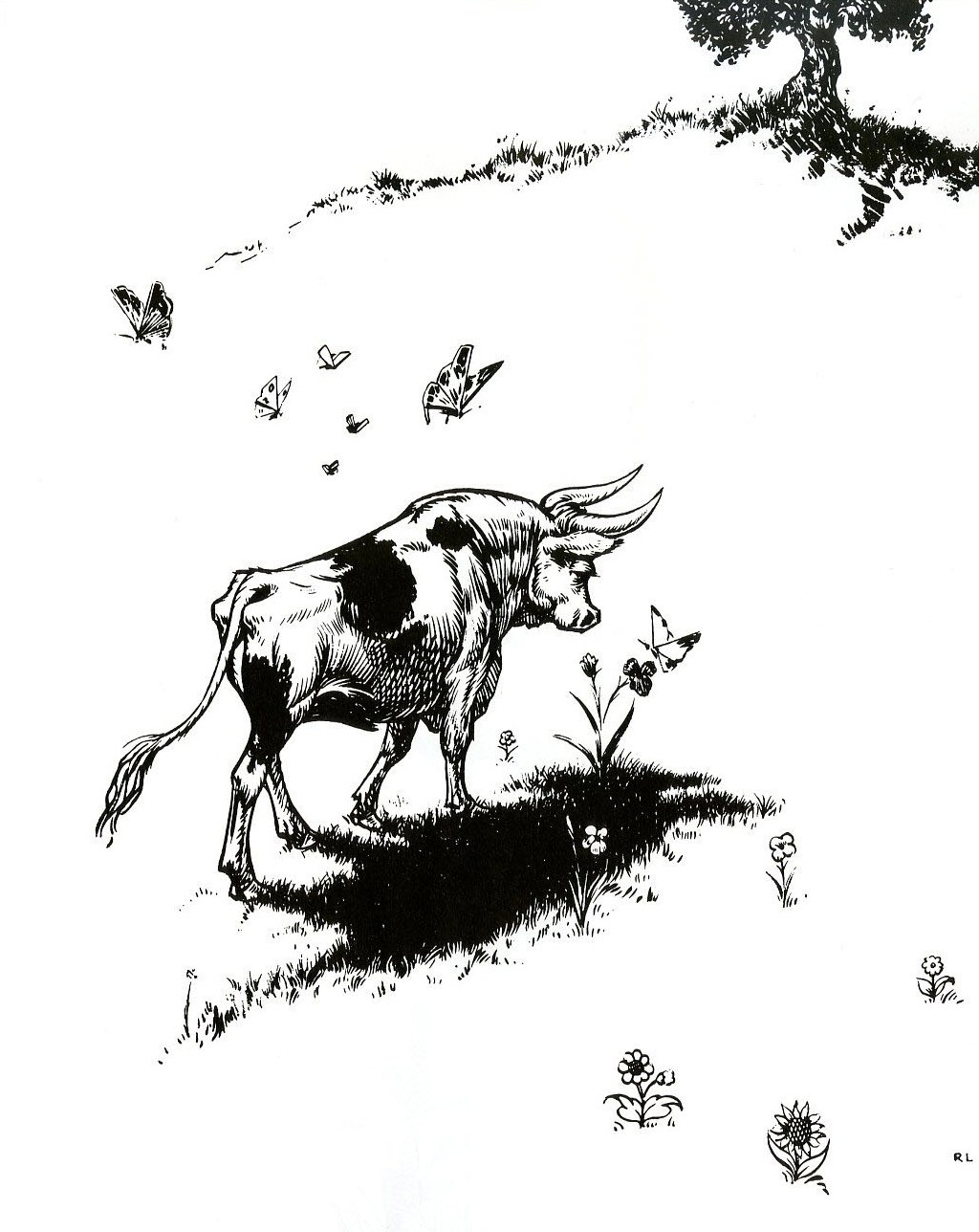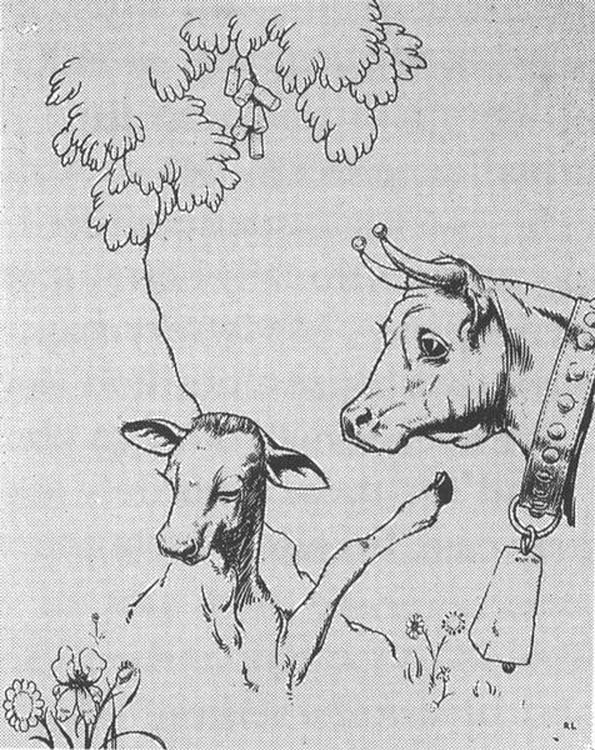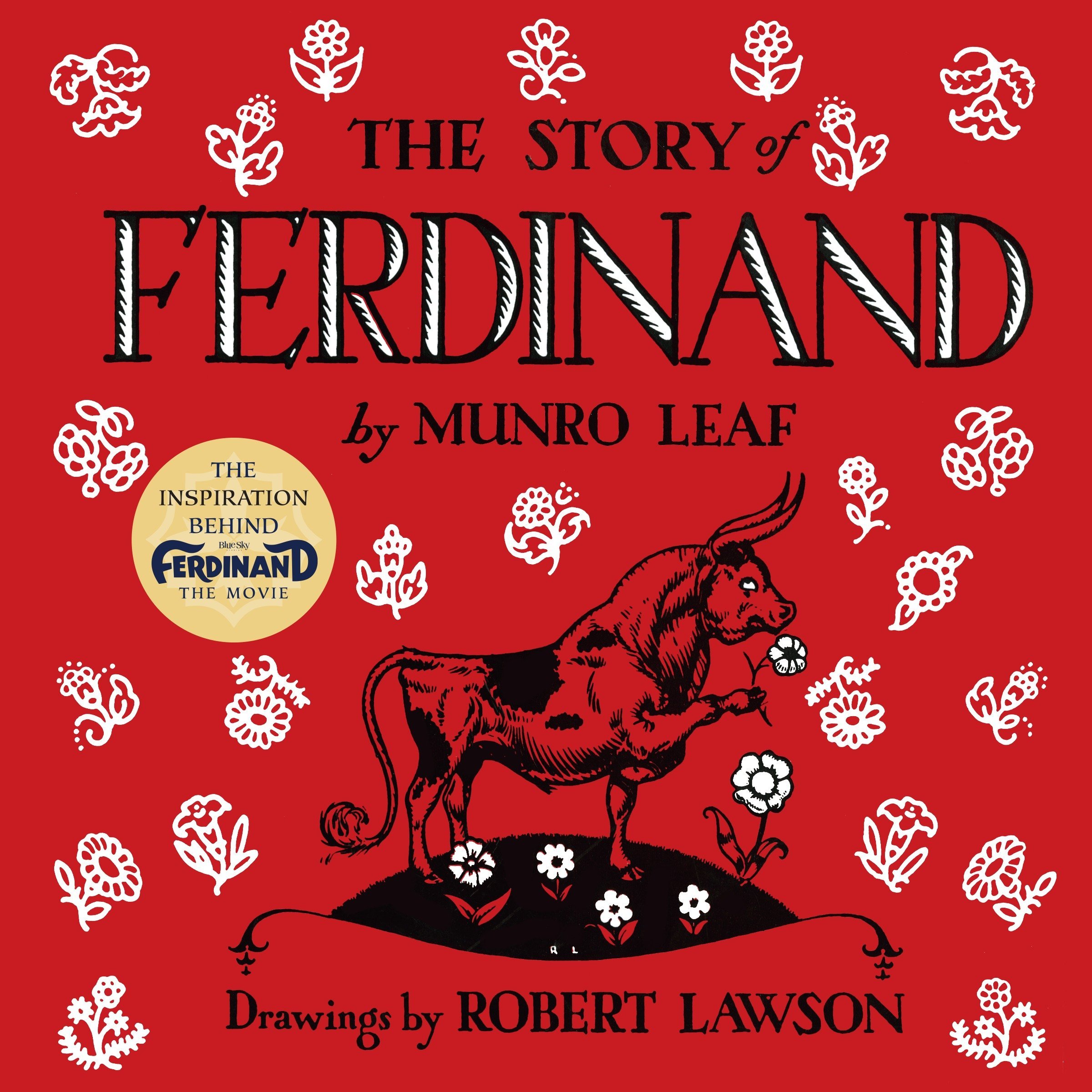The Story of Ferdinand is a much acclaimed classic children book written by American author Munro Leaf and illustrated by Robert Lawson. This post reveals the fragrant (and so far widely ignored) message of the plot. It is the first chapter in a new series Ferdinand& of Scent Culture Comment & Review.
Within a year of its publication in 1936 the story would outsell Gone with the Wind to become the number one best seller in the United States. Since then the story has been translated into more than sixty languages. In 1937, Life magazine called Ferdinand “the greatest juvenile classic”. Political commentators have seen in Ferdinand everything: The Times once reported that letters to the illustrator “complained that ‘Ferdinand’ was Red propaganda, others said it was Fascist propaganda, while a number protested it was subversive pacifism.” Mahatma Gandhi – the preeminent leader of the independence movement in India and the foremost inspiration for nonviolent civil disobedience even called Ferdinand his favorite book. And on the occasion of its 75th anniversary in 2011, the New York Times characterized the story as “an icon for the outsider and the bullied”.

But is there perhaps more to the story? Is there a “smelly” or even “fragrant message”? Before reflecting on this question further let us quickly recap the plot (based on Wikipedia):
Once upon a time in Spain…
Young Ferdinand, a little bull in Spain, does not enjoy butting heads with other young bulls. He prefers instead to lie under a cork tree smelling the flowers: “He liked to sit just quietly and smell the flowers.”

His mother is concerned that he might be lonely and tries to persuade him to play with the other calves, but when she sees that Ferdinand is content as he is, she leaves him alone.
When the calves grow up, Ferdinand turns out to be the largest and strongest of the young bulls. All the other bulls dream of being chosen to compete in the bullfight in Madrid, but Ferdinand still prefers smelling the flowers instead.
One day, five men come to the pasture to choose a bull for the fights. Ferdinand is again on his own, sniffing flowers, when he accidentally sits on a bumblebee. Upon getting stung as a result, he runs wildly across the field, snorting and stamping. Mistaking Ferdinand for a mad and aggressive bull, the men rename him “Ferdinand the Fierce” and take him away to Madrid.
All the beautiful ladies of Madrid turn out to see the handsome matador fight “Ferdinand the Fierce”. However, when Ferdinand is led into the ring, he is delighted by the flowers in the ladies’ hair and lies down in the middle of the ring to enjoy them, upsetting and disappointing everyone. The Banderilleros were mad, the Picadores were madder, and the matador was so especially mad that he started crying because he could not show off with his cape and sword. Ferdinand is then taken back to his pasture, where to this day, he is still smelling flowers.

You might also enjoy this entertaining Storytime with Ryan and Craig.
Fragrant key message
Ferdinand is an interesting character inviting all sorts of interpretations. Thus a children literature review blog celebrates the “cultural and linguistic diversity” of the story. Accordingly the story “looks at the Spanish custom of bull fighting” and introduces “readers to a part of the Spanish culture”. Hence, this can “generate many discussion and questions among students surrounding the Spanish culture and bull fighting”.
Aren’t there other and perhaps even better stories about Spanish culture? What is the story “really” about? What key practice is the story centered around? What is the recurring theme?
It is as banal and simple as smelling flowers! In fact, the book tells the story of a bull who would rather smell flowers than fight in bullfights.
Ferdinand literally indulges in this practice that is widely considered negligible or trivial: Ferdinand enjoys smelling flowers. And in this context we should not think of some tuberose or orange flower a true perfumista can easily get passionate about. Let’s face it: Ferdinand enjoys smelling pasture flowers: daisies, & buttercups. Can you think of any other even more mundane flower? But it is the scent of mundane pasture flowers that brings about this amazing effect on Ferdinand:
Smelling makes Ferdinand stand out of the crowd. Ferdinand enjoys the calming pleasures of the sense of smell. Smelling even mundane flowers makes Ferdinand happy. Ferdinand is happy – admittedly, a happy cow. But anyhow.
Smelling makes happy!
Ferdinand &
Ferdinand is the protagonist for a short series of posts. Subscribing to our updates you will not miss the next chapter!
[blog_subscription_form title=”” title_following=”You are already subscribed” subscribe_text=”” subscribe_logged_in=”Click to subscribe to this site” subscribe_button=”Click me!” show_subscribers_total=true]
Image source: This is the front cover art for the book The Story of Ferdinand written by Munro Leaf. The book cover art copyright is believed to belong to the publisher or the cover artist. wikipedia.org
